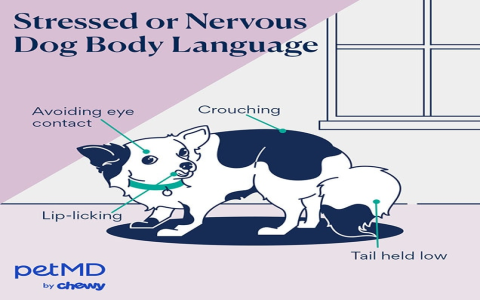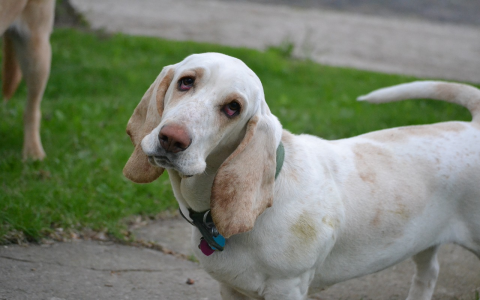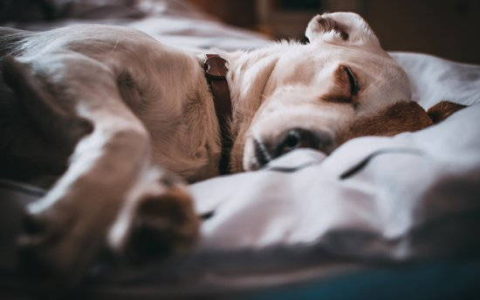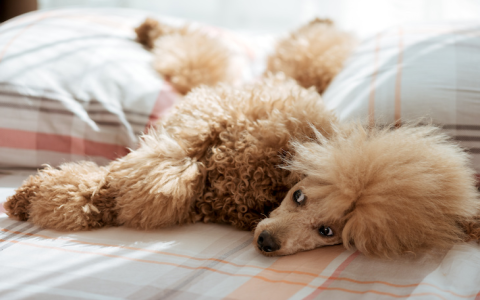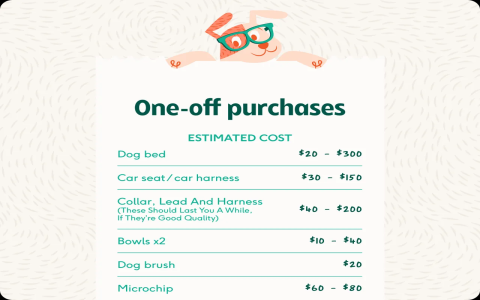Why is my dog eating socks? Understand the common reasons behind this strange chewing habit.
Okay, let's talk about this sock situation. It drove me absolutely bonkers for a while there. My dog, Buster, just developed this thing for socks. Not just any socks, mind you, but specifically used ones. Yeah, gross, I know.
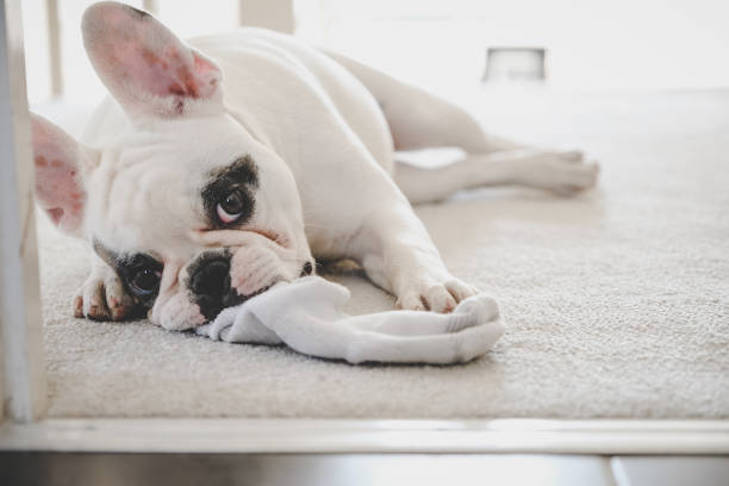
It started subtly. I'd find a sock under the couch, looking a bit... damp. Didn't think much of it at first. Maybe I dropped it. Then I started noticing socks disappearing from the laundry basket. Not just one, sometimes pairs would vanish. I blamed the washing machine, the dryer monster, everything but the dog initially.
Catching the Culprit
Then one day, I walked into the living room and there he was. Buster, looking all innocent, but with the tell-tale bulge in his cheek and the corner of my favorite sports sock sticking out. The jig was up. He wasn't just stealing them; he was actually trying to eat them. Chewing, sometimes swallowing bits. That's when I got really worried.
My first reaction was panic. Is he sick? Is he missing something in his diet? Is he going to choke or get a blockage? It's scary stuff when you see your buddy trying to chow down on fabric.
My Action Plan (Trial and Error)
So, I went into problem-solving mode. Here's basically what I tried, step-by-step:
- Sock Lockdown: First things first. All socks went into closed hampers immediately. No more leaving them on the floor, ever. The laundry room door stayed shut. This was basic management, trying to remove the temptation altogether.
- More Exercise: I figured maybe he was bored. We started going on longer walks, adding extra playtime in the yard. I tried to really tire him out, thinking a tired dog is less likely to get into trouble.
- Toy Overload: I bought a bunch of new chew toys. Different textures, different shapes. Puzzle toys to keep his brain busy. Kongs stuffed with peanut butter. My thinking was, maybe he just needs something appropriate to chew on. If his mouth is busy with a toy, maybe he'll forget the socks.
- Diet Check: I looked at his food. Was he getting enough? Was it good quality? I didn't make any drastic changes immediately but made sure he was eating well and seemed satisfied after meals, just ruling out hunger.
- Ignoring vs. Correcting: When I did catch him thinking about going near the hamper (because sometimes I forgot to close the door perfectly), I tried different tactics. Sometimes a sharp "Leave it!" command. Other times, I tried redirecting his attention to a toy immediately. It was inconsistent, honestly, because I wasn't sure what worked best.
What Seemed to Stick
It wasn't like one thing magically fixed it overnight. It was more of a gradual improvement. The most important thing? Consistency with management. Keeping those socks out of reach was key. If he couldn't get them, he couldn't eat them. Simple, but requires diligence.
The extra playtime and puzzle toys definitely helped too, I think. He seemed less restless overall. When he had a really good chew session with a tough rubber toy, he seemed less interested in seeking out other things like socks.
I also got better at reading his signals. When he started looking a bit antsy or bored, I'd try to engage him in play before he started sniffing around for trouble. It's still something I have to be mindful of. He hasn't eaten a sock in months now, which is a huge relief. But I still make sure the laundry hamper lid is firmly closed, just in case. You learn to live with these little quirks and manage them, right?

